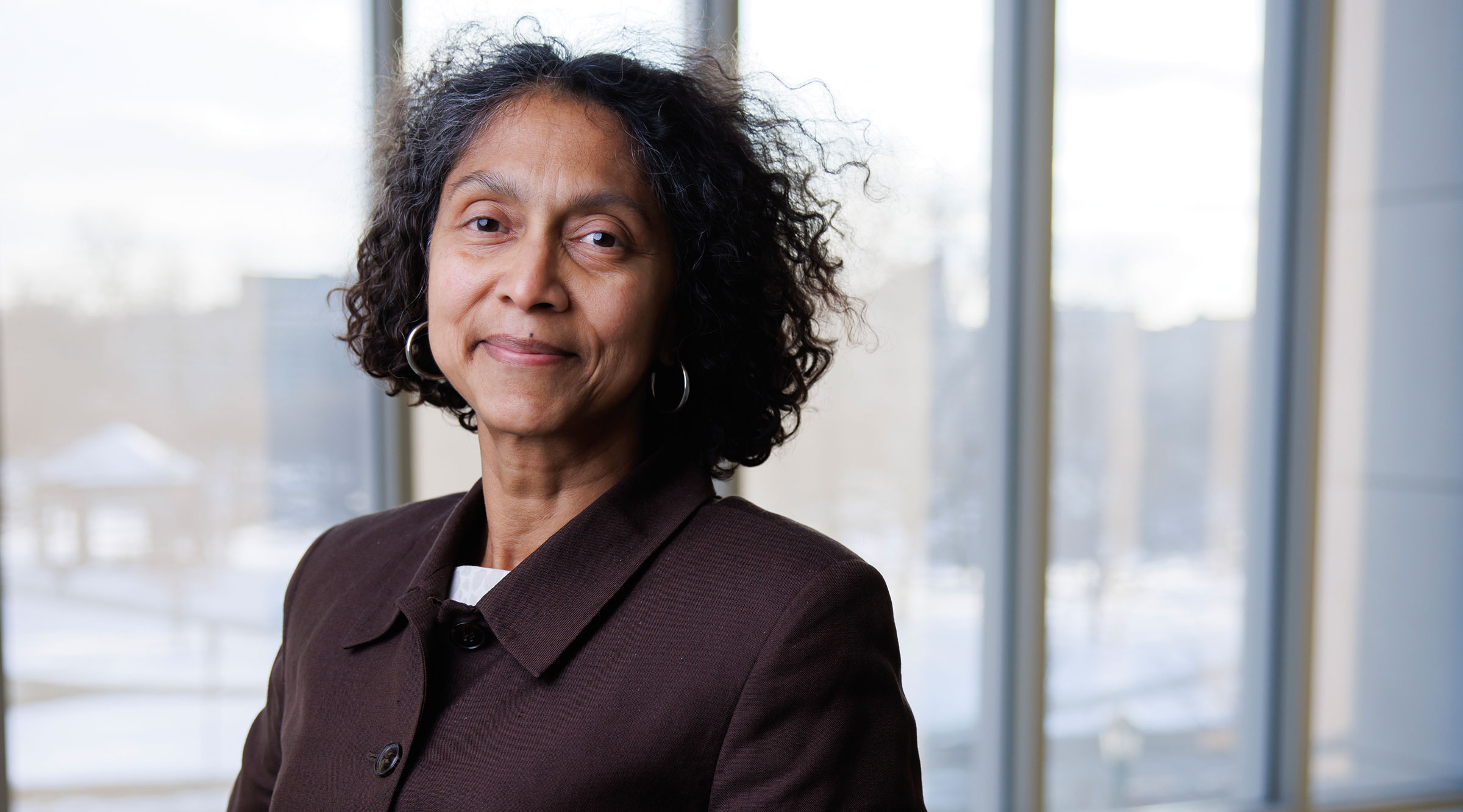Since 2017, the Opportunity & Inclusive Growth Institute has worked to deepen understanding of how opportunity arises and where the benefits of economic growth go. These questions are important to Americans. However, it’s reasonable to ask, Why are they important to the Fed?
To answer that, consider the key words in our name: opportunity and inclusive growth.
Maximum, sustainable employment—or full employment—is one of the dual goals Congress set for the Fed in law. It is also a form of inclusive growth. This mandate instructs the Fed to allow the economy to grow in order to keep as many people working as possible, moderating only when that expansion happens so fast that there is a danger of rapid price increases.
Full employment is also a vehicle for opportunity. The historical record from the 1970s shows that in testimony to Congress around the Fed’s goals, the word “opportunity” is used to describe the chance to improve one’s economic situation through employment. The idea is that jobs should enable workers to raise living standards for themselves and their families over time.
Higher standards of living in turn mean buying more goods and services and making investments of all kinds. This brings us full circle to the other part of the dual mandate. The additional economic activity driven by full employment potentially pushes up prices, which necessitates further Fed action. It’s worth noting that these dual forces always exist in the economy to some degree. The dual mandate simply instructs the Fed to consider them.
Balancing these two very desirable but sometimes contradictory goals is a task the Fed is privileged to do on behalf of all Americans. The Institute contributes to this mission by supporting rigorous investigation into how opportunity works and where growth goes. No single research paper can answer these questions once and for all. But with careful study and attention to these topics, the Institute helps monetary policymakers and others understand how to better support opportunity and inclusive growth in an ever-changing economic environment.
We will continue to share lessons from our research widely—with our Fed System colleagues through our conferences and other communications, with a global group of scholars through our Visiting Scholar program, and with you, our broad set of For All readers.
What questions do you think are most important to answer on our way to understanding opportunity and inclusive growth in the U.S.? I invite you to share ideas and questions with us at Mpls.ForAllEditor@mpls.frb.org.
Read past For All articles that examined opportunity and inclusive growth.
This article is featured in the Spring 2025 issue of For All, the magazine of the Opportunity & Inclusive Growth Institute
Abigail Wozniak is vice president and director of the Bank’s Opportunity & Inclusive Growth Institute.






